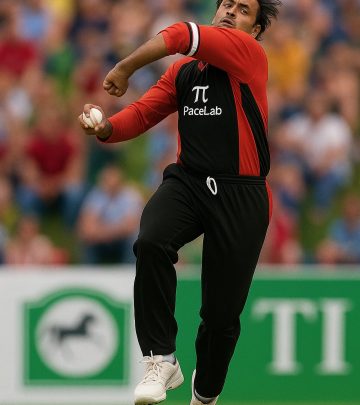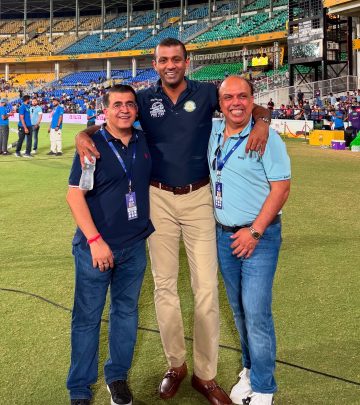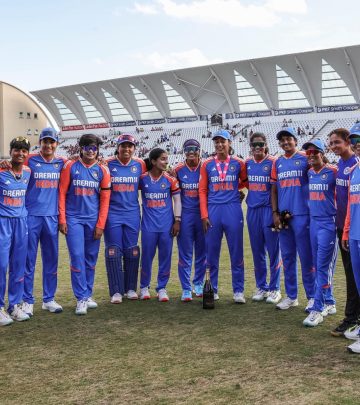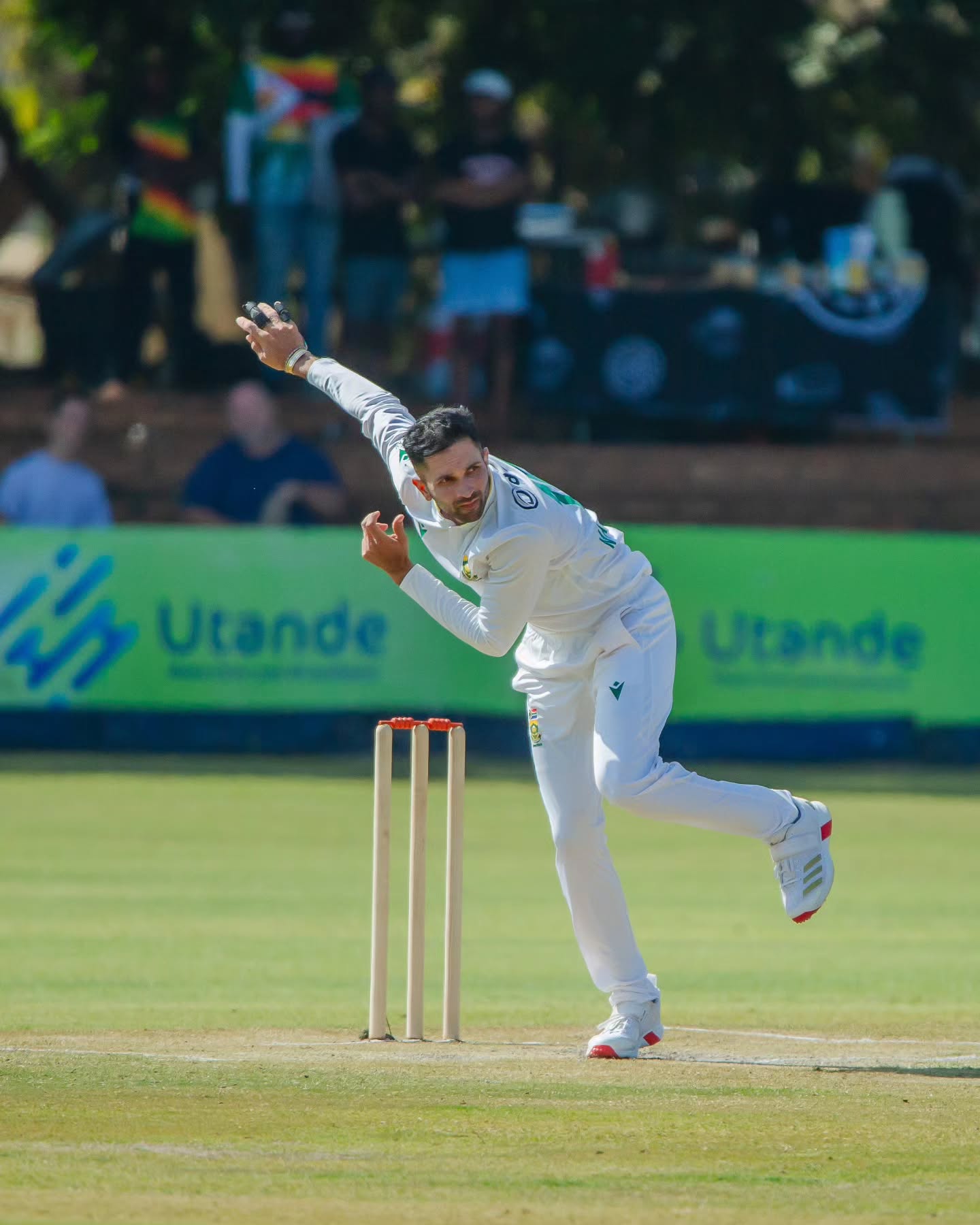PaceLab Revolutionizes Fast Bowling Training
Science-Driven Training Elevates Fast Bowling with Tailored Metrics and Dynamic Techniques.

Image: Instagram
Fast bowling is a high-speed, full-body skill that demands precision, strength, and adaptability. The PaceLab system, a cutting-edge training methodology, is turning conventional fast bowling programs on their head. Rather than relying on generic drills or conventional coaching aesthetics, PaceLab is built on biomechanics, human movement science, dynamic systems theory, and strength and conditioning. By profiling each bowler’s unique attributes instead of making assumptions based on appearance, PaceLab tailors training that optimally transfers speed and resilience from practice to match conditions.
Scientific Approach Drives Innovation
At the heart of the PaceLab system is the rejection of one-size-fits-all coaching. Instead of using standardized drills, the program utilizes a technique called the Skill Stability Paradigm. This approach employs differential learning and constraints-led methods, encapsulated in a process identified as IICOR – Identify, Isolate, Constrain, Overload, and Repeat. These methods are designed to build an environment in which bowlers self-organize under pressure, allowing their natural biomechanics to guide the development of personal, match-ready speed.
The system does not coach bowlers based merely on how they look. Every aspect of the training process is measured and evaluated. Metrics such as drop-off percentage (including rate, magnitude, duration, and accuracy), PL Proxy calculated via 1080 Sprint metrics, BS:PL ratio (the relationship between ball speed and load), AREG (Auto-Regulation of Exercise and Recovery), and velocity bands above 80% for skill transfer are essential components. This granular approach ensures that each session is designed to build not only speed but also robustness and adaptability under pressure.
Data-driven Performance Metrics
In modern fast bowling, the details matter. PaceLab’s emphasis on profiling embraces the fact that each bowler is unique. Some bowlers are hip dominant while others rely more on knee power; some require tendon-driven outputs, others need strength-based conditioning. This scientific rigor means that no drill is cookie-cutter. Instead, every practice session is divided into segments focused on rate, magnitude, accuracy, and duration. With clearly defined fatigue states and session goals, the system aims to build speed that directly translates into match situations.
By knowing the minute details of each bowler’s performance, coaches can adjust the workload dynamically. As one of the program’s ambassadors, Steffan Jones, underscores in recent communications and membership launches, the goal is to tolerate 30 overs per week – approximately 180 high-intensity balls – while mitigating significant performance drop-offs. This phased approach, akin to building a staircase of performance adaptation, is essential to modernizing fast bowling training.
Tailored Membership And Coaching Integration
Steffan Jones, a notable former fast bowler whose career and insights have shaped many modern training practices, has partnered with PaceLab to introduce an exclusive fast bowling membership. This membership offers a comprehensive package that includes access to a library of strength and conditioning programs, exclusive interviews with top cricket trainers and rehab specialists, on-demand webinars, and a deep dive into the new AREG App. The app, designed to provide real-time feedback on workload management, personalized recovery, and training adaptations, is set to change the way bowlers interact with their training regimes.
Recent Instagram posts from Steffan Jones have emphasized the data-driven approach. One post detailed a step-by-step progression—starting with a 60-ball baseline for movement groove refinement, progressing through increased exposures of 80-100 balls for fatigue layering, and culminating in match-like simulation at 180 balls. The method is not only scientifically validated but also practical, ensuring that bowlers remain both speedy and resilient on game day.
Integrating Biomechanics With Modern Coaching
Unlike traditional fast bowling training which often chased aesthetics and rigid techniques, the PaceLab system is all about performance under pressure. It emphasizes the necessity to train fast, smart, and with clear intent. By building an environment that promotes individualized coaching – where the bowler’s unique biomechanics, joint loading, and fatigue tolerance are continuously analyzed – players can achieve a state of optimized performance. The system is a true marriage of cutting-edge science and practical coaching.
This revolutionary approach has implications far beyond just speed. It transforms the way coaches plan training phases by integrating workload management with neural and muscular adaptation. The ability to adjust training in real time, through tools like the forthcoming AREG App, gives bowlers the competitive edge needed to excel in the high-stakes arena of modern cricket.
For those wanting to train with a system that leaves no stone unturned, PaceLab offers a blueprint for building not only pace but also long-term robustness. By shifting focus from outdated, generic training methods to a personalized, data-rich environment, it sets a new standard in fast bowling development.
In essence, the PaceLab system is more than just a training method—it’s a revolution that empowers both bowlers and coaches with the tools necessary to thrive in today’s competitive cricket landscape. With a focus on scientific precision and measurable performance outcomes, it is clear that this method is engineered for the future of fast bowling.
Read full bio of Joyce
























